9 Reasons why women should not train like men
Since my article on the natural muscular potential of women went viral with over twenty thousand shares on Facebook alone, my inbox has been flooded with the question “How should women train and diet?” Here’s the answer.
But first, to put many of the differences between men and women in context, it helps to understand the evolution of sex differences. Throughout evolution, a classical division of labor between men and women has existed. While this may bring to mind a stereotype of women as inactive, just-stay-at-home mothers with no physical prowess, this is completely unjustified. The activities of hunter-gatherer women would in our modern times be seen as heavy manual labor. To quote a review on this topic:
The more endurance type tasks women did for millions of years resulted in significant differences in what the sexes are best adapted to. Here’s how you use these differences to your advantage.

1. Women do better on a higher fat diet
Women burn more fat, less carbohydrate and less protein than men at the same exercise intensity. Since they rely less on carbohydrate as fuel, they also don’t store as much glycogen during carb refeeds.
Both differences in the nervous system and the hormonal system, including estrogen, are responsible for women’s lesser reliance on glycogen. For example, the fight-or-flight hormone adrenalin burns more fat in women than men. A more obvious explanation is that women normally have a considerably higher fat percentage than men of the same weight, not only on their body but also within their muscles, so it makes sense to use this as the primary energy source.
Basically, women have a glycogen and protein sparing metabolism. This means women don’t need as much carbohydrate or protein in their diet as men to fuel their exercise sessions.
The lesser need for carbohydrates frees up calories to consume as fat. Fats have very positive effects on the hormonal and cardiovascular health of women. In general, the more fat women eat, the more estrogen and testosterone they produce. Testosterone and estrogen are both anabolic hormones, in spite of the broscience you often hear about estrogen.
Low fat diets may even reduce breast size, in part likely due to the low sex hormone production, since estradiol and IGF-1 levels are significantly correlated with breast size in women that aren’t on the pill for birth control.
A high fat diet may also be easier to adhere to for women than men. Dietary fat is 15% more satiating in women than in men.
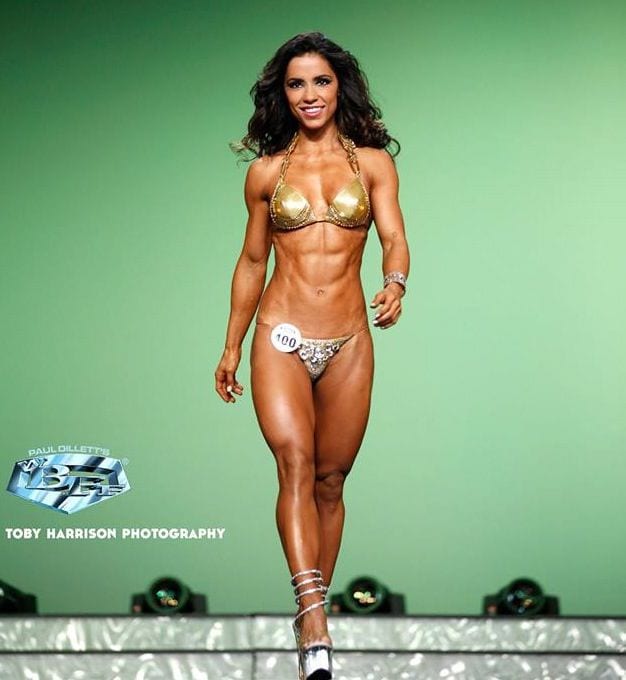
Women also have less to fear from potential negative effects of a low carb, high fat diet (which are already rare, but I’ll save that for another article). Fats don’t decrease insulin sensitivity as much in women as in men. Estrogen plays a large role here. It helps to keep inflammation in check, burn fat and preserve insulin sensitivity. Lower inflammation means polyunsaturated fats in particular are less susceptible to being oxidized, so they can exert their anabolic effects. Women in general have much better metabolic health than men and have a healthier body fat distribution.
By the way, if you’re worried about breast cancer, the relation between fat intake and breast cancer risk is found in poor epidemiological studies of inactive, overweight women eating processed junk fats, like processed red meats. Even then the relation is weak and controversial. Fats like olive oil actually seem to protect you from cancer. If you’re lean, you don’t smoke, don’t go binge drinking too often, eat a healthy diet and you exercise, research has found time and again and again and again that you have nothing to fear from a high fat diet.
Back on topic, several studies have found that women with polycystic ovary syndrome lose more fat and less muscle on a low carb diet compared to a low fat diet, even when protein and energy intake are tightly controlled. Several studies by Jeff Volek et al. have found similar results in overweight and healthy women, but these studies were confounded by more protein in the low carb diets. Soon-to-be-published research found that women with more fat in their diet burn more calories during exercise, have higher bench press strength and are leaner. In my experience with my female clients, the benefits of fats vs. carbs depend on the woman’s carb tolerance. However, I can say with confidence that the popular very high carb, almost zero fat diets are not optimal for most women.
Women also don’t need as much protein as men for several reasons.
- Women oxidize less protein during exercise than men.
- Women also burn less protein while fasted or after meals than men.
- Due to their higher essential fat mass, women generally have less lean body mass than men of the same weight.
From an evolutionary point of view, women may have better adapted to lower protein intakes than men.

2. Women do better with higher reps
Untrained men and women have the same fiber type distribution. This changes with training: in strength training women, muscle fibers are converted to type I fibers or don’t convert at all, whereas in men they generally change to type IIa fibers. [Ref #2] Women also have proportionally larger type I fibers than men.
The result of this and other mechansisms is that women are more resistant to fatigue than men, even when women and men with the same strength level are compared. Women can generally do more reps at a given intensity than men. So to train at a given target training intensity, women should generally perform more reps per set than men.
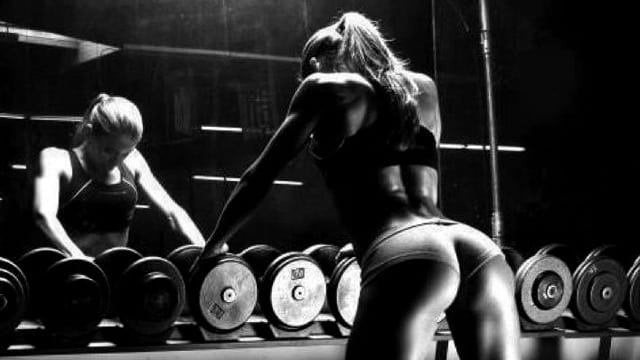
3. Women can handle more volume
Having larger and more type I fibers allows women to handle more volume than men. That’s not the only reason. In my article on the muscular potential of women, you’ve seen how having more of the female sex hormone estrogen gives women an advantage over men. Estrogen is an anti-catabolic hormone that aids in muscle repair, reduces protein break-down during exercise and protects you against muscle damage. This allows women to train with a higher training volume without becoming overtrained. We don’t have any direct research on this (sex interaction in the dose-response curve of training volume), so we have to compare different studies.
If you’ve read my article on the effect of range of motion (ROM) on muscle growth on Bret Contreras’s blog, you should now understand the discrepant findings from the research team of Massey et al. They found that training the bench press with a greater ROM did not result in statistically significantly more strength gains in men. When they replicated the study in women, the results became significant. Women can tolerate the higher training stress of full ROM training better than men, so it was easier to demonstrate the superiority of training with a full ROM.
The same trend appears in other research. Paulsen et al. and Rønnestad et al. didn’t find more strength or size gains in the upper body when performing 3 compared to 1 set in men. New, still unpublished research from Vikmoen et al. from the Norwegian School of Sports Sciences has replicated this research in women. This time the 3 set group gained significantly more strength than the 1 set group. The women training with more volume also gained 62% more muscle mass on their arms, but this difference failed to reach statistical significance.
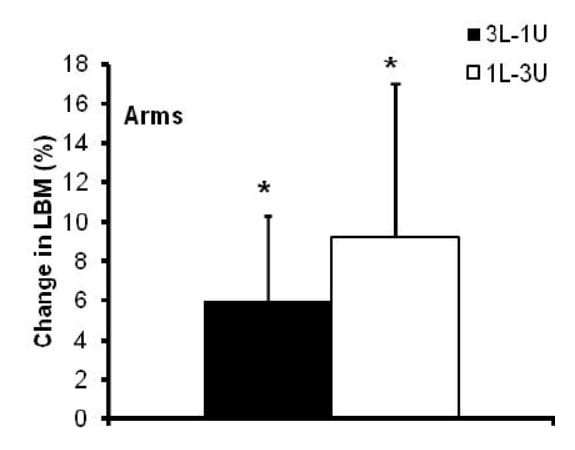
Another line of research supporting that women can handle more training volume is the research where women respond better to training than men. This is found in research with heavy negatives. Heavy lengthening muscle contractions cause a great deal of muscle damage. Women can tolerate this training stress better than men.
We also have a study showing tentative support for the idea that women should train closer to failure than men. Women showed a trend towards deriving greater strength gains from training closer to failure than men did.
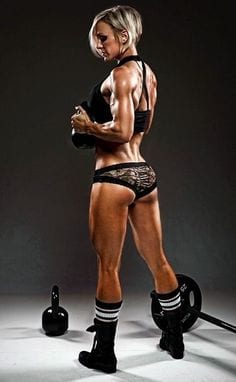
4. Women should do less explosive training
The superior work capacity of women disappears when training with weights close to their maximum strength (1RM). While women’s muscles have great endurance, the female nervous system is not as efficient as that of men. Men are more explosive than women: they can generate force quicker. The area in the brain that controls movement (the motor cortex) is in fact literally larger in men, even after correcting for height. During explosive exercise at very high training intensities, like powerlifting, men can perform more reps than women.
A more efficient motor cortex is the reason why men tend to do better in explosive sports. However, the difference becomes very small after serious training. Sports scientist Renato Manno and his team have compared the strength and explosiveness of 840 elite male and female athletes across 31 sports in research that hasn’t been published in English yet. They found that relative to bodyweight, women were just as strong as men and only a few percent less explosive. This makes sense given that women have the same relative natural muscular potential as men. Sociocultural differences probably explain why we don’t see more women in high level athletics.
Men are only more powerful during explosive, dynamic contractions, not during heavy negatives or isometric contractions, even at a high intensity. So it’s not true that women should never train heavy. However, women should train to their strengths. Explosive exercise does not allow women to exercise with as much volume as men. Women also recover less well after explosive exercise like sprints. In contrast to women’s generally greater recovery capacity, high volume sprint training can take over 72 hours to recover from in women. This results in worse training adaptations for explosive exercise in women. For example, women don’t build as much muscle protein after high intensity sprints as men. This is striking, because after regular strength training women build just as much muscle protein as men.

5. Women respond better to steady state cardio than HIIT
Since women don’t react as well to high intensity interval training, steady state cardio works better for them. And not just physically: mood improvements from aerobic exercise tend to be greater in women than in men.
Other than the above, I’ve already discussed cardio for women compared to men in detail during my roundtable discussion with the Martinez brothers (point 4), so I won’t go into that again here.

6. Women do better with a slower lifting tempo
Since women are less explosive than men, women can perform more reps with a more controlled, less explosive lifting tempo. Forcing women to use a fast, fixed tempo does not take advantage of their higher endurance.

7. Women tolerate metabolic stress better
Another reason women have better endurance than men is that women suffer less from metabolic stress than men, again even when women and men of the same strength level are compared. Women have lower arterial blood pressure during exercise, so they can get more blood and oxygen to their muscles than men. Fewer metabolic byproducts accumulate in the blood, so the muscles are capable of functioning for a longer time under stress than in men.
According to some research, women’s superior fatigue resistance disappears during blood flow occlusion training (KAATSU, as the Japanese inventors originally called it). And unlike in men, women’s muscle growth seems to be blocked by post-exercise blood flow occlusion. So KAATSU training should be used more strategically in women than in men.
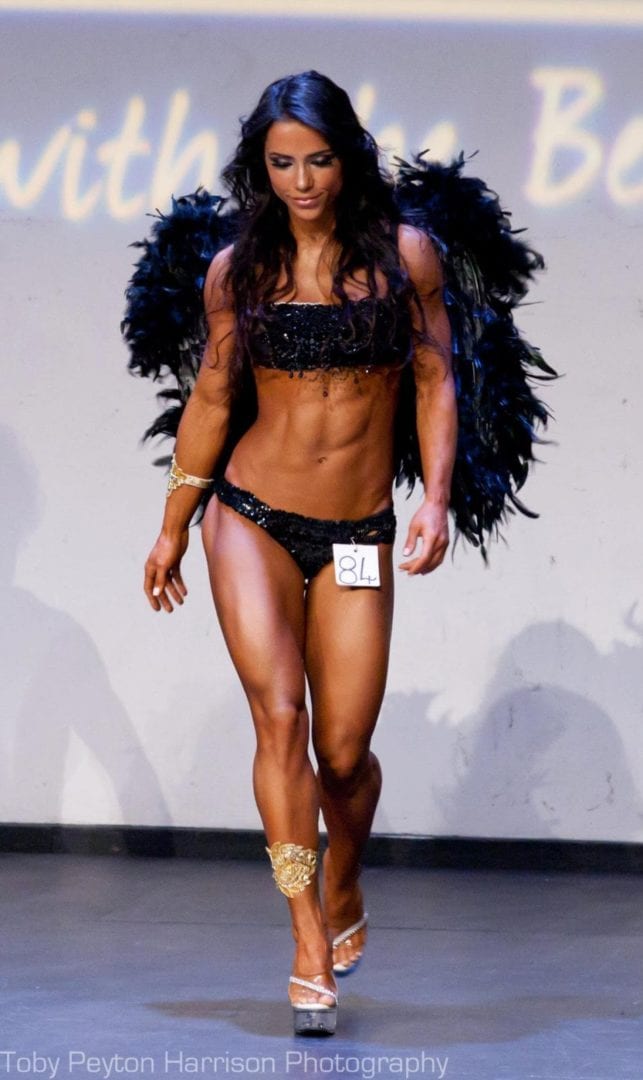
8. Women don’t need as much rest between sets
The following graphic from Hunter (2014) summarizes the reasons why women don’t fatigue as much as men. With all of this in mind, it shouldn’t be a surprise that women recover faster after a set than men. In my scientific review with Brad Schoenfeld on the best rest interval for muscle growth we also discussed this. Women don’t need as much rest as men to complete the same relative training volume.
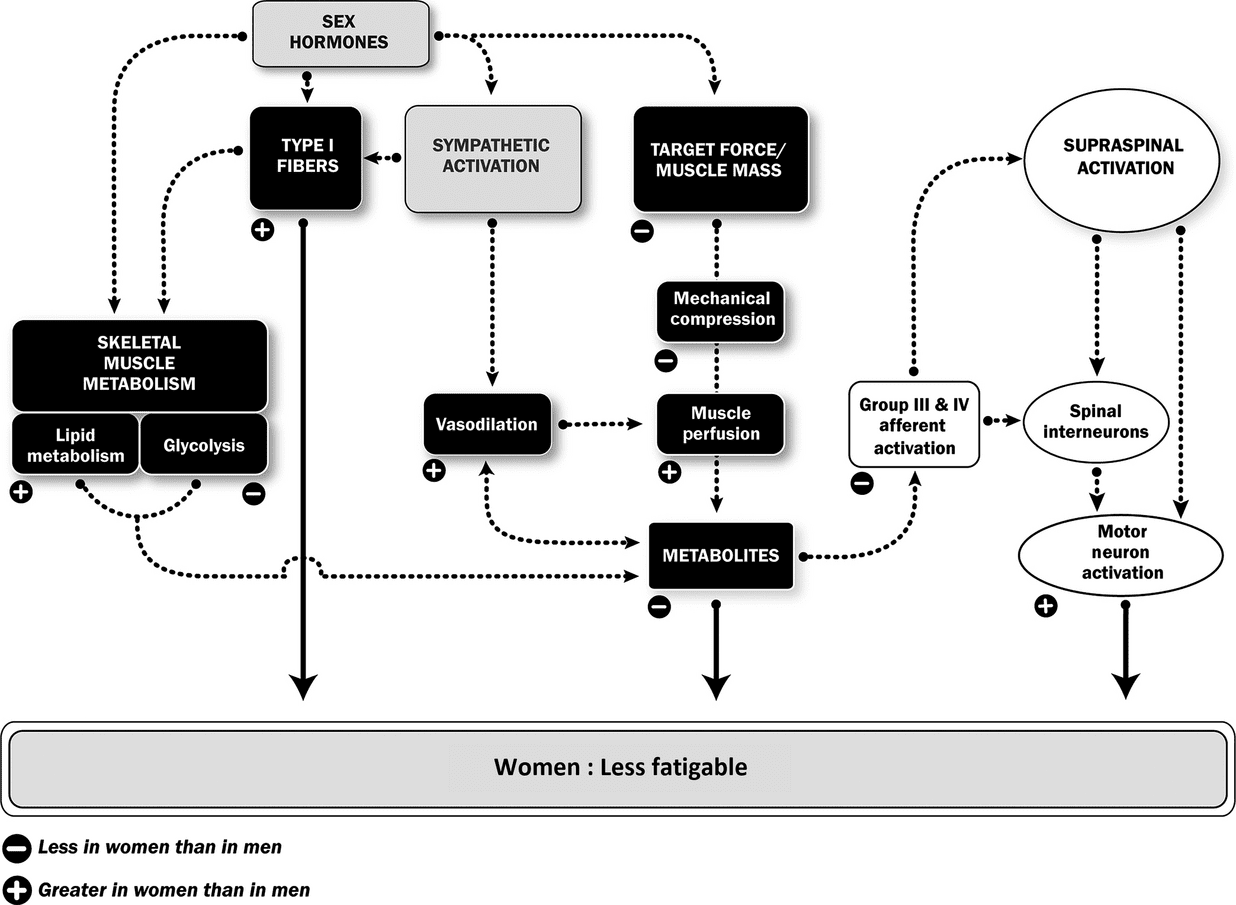
9. Women can train with a greater training frequency
Women not only recover faster after a set. They also recover faster after a training session. This again shouldn’t be a surprise by now, since women have better nutrient delivery to their muscles, they don’t suffer as much muscle damage and they repair their muscles faster.
Conclusion
Most women are intuitively aware of their strengths in the gym in my experience, but they are often told to train exactly like men. As a result, they may not fulfill their athletic potential. Strong male trainees often instinctively do high-intensity training with long rest intervals, explosive rep cadences and HIIT style cardio. Women are naturally much more inclined to do steady-state cardio, lift with a more controlled tempo, perform higher reps, take shorter rest periods and do more total work (the serious women at least). These are good instincts. Fundamentally, women and men benefit from the same programming principles, but these sex differences may allow women to optimize their rate of progression. Through millions of years of evolution, women have become better adapted to training that is closer to the endurance spectrum than men. Use it to your advantage.
 Want more content like this?
Want more content like this?
Then get our free mini-course on muscle building, fat loss and strength.
By filling in your details you consent with our privacy policy and the way we handle your personal data.

